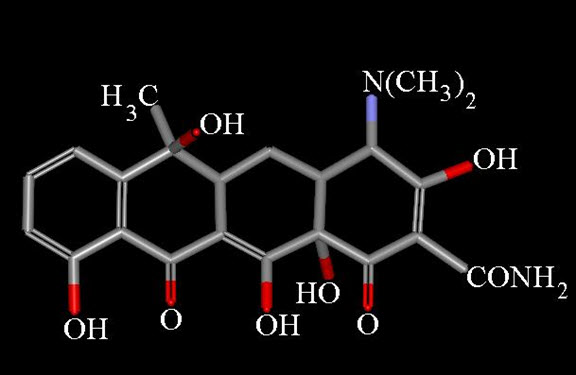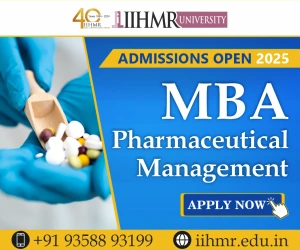 About Author:
About Author:
Banwari Lal Gupta
L.R.S. Institute of Tuberculosis & Respiratory Diseases,
New Delhi-110030
banwarigupta141@gmail.com
Abstract
Despite decades of research and drug development for cancer treatment, cancer still remains one of the major causes of human death in the world. An important aspect in cancer therapy is the development of a targeted drug delivery system that decreases the toxic side effects of chemotherapy and other cancer therapies. The current conventional method in treating cancer involves inserting catheters to allow for chemotherapy, to reduce the amount of cancer present, and/or then to surgically remove the tumors, followed by more chemotherapy and radiation sessions.
Research on thermal therapy- the heating of pathological tissue using energy source (radiofrequency, microwave, high-intensity focused ultrasound or laser energy and cryosurgery. There are clear reasons for using hyperthermia in cancer treatment. Treatment at temperatures between 40-44°C is cytotoxic for cells in low pO2 and low pH environmental conditions, which are found specifically within the tumor tissue, due to insufficient blood perfusion. Under such conditions radiotherapy is less effective, and systematically applied cytotoxic agents will reach such area in lower concentrations then in well perfused area. Therefore the addition of hyperthermia to chemotherapy or radiotherapy will result in at least an additive effect. Furthermore, the effects of both radiotherapy and many drugs are enhanced at an increased temperature. Hyperthermia can be allied by several methods such as: local hyperthermia, regional hyperthermia, and whole-body hyperthermia.
Countless researches are on their way, in the relation of improvement of heating techniques, development of hyperthermia planning models and thermometry. The clinical studies have confirmed future expectations of hyperthermiawould be valuable. Hyperthermia is a potential combined approach and deserving more attention for its further development. This article will throw the lights on hyperthermia therapy for improvement of cancer treatment.


 ABOUT AUTHORS:
ABOUT AUTHORS:  About Author:
About Author:









